The Worker’s Cottage
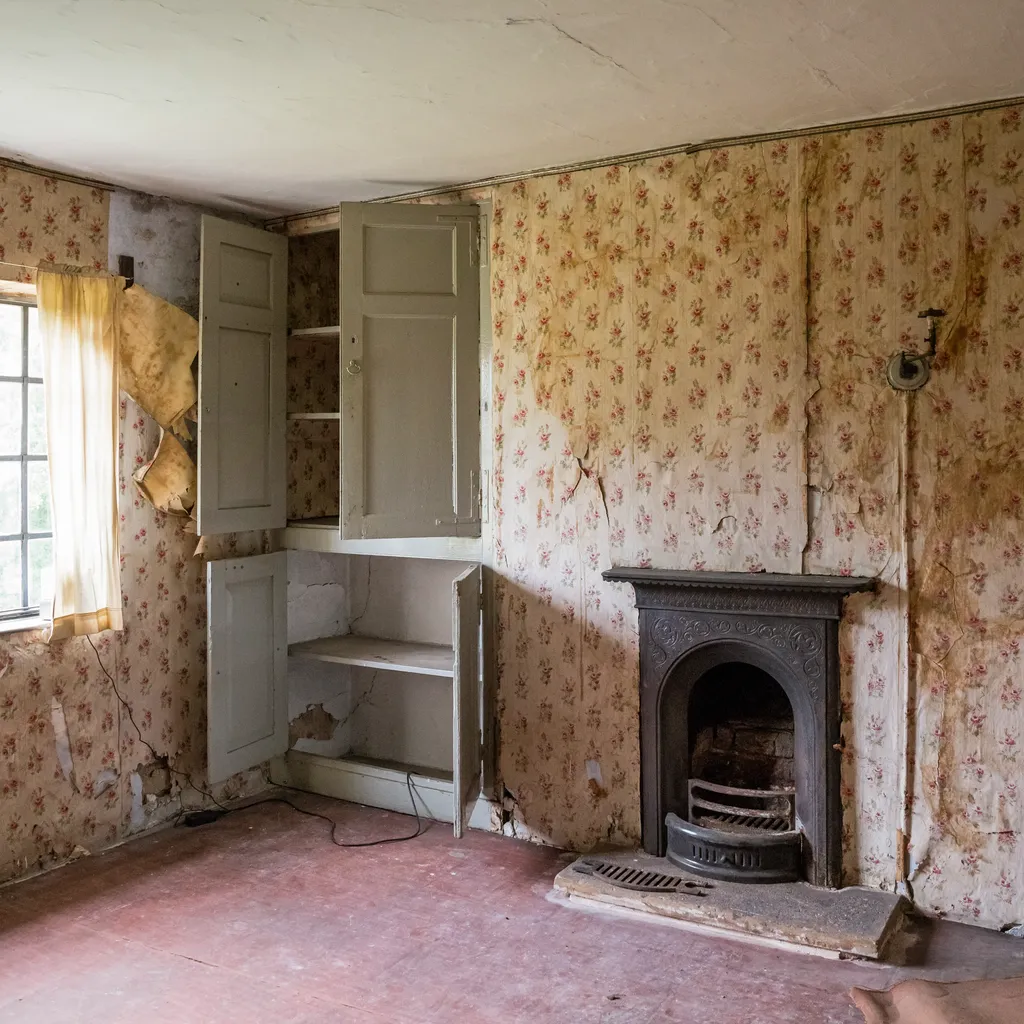
Cheshire’s Quarry Bank mill is one of the best-preserved textile factories of the Industrial Revolution. Built in 1784 to spin cotton, rapid growth meant considerable workers’ housing was soon being put up nearby. This included the Oak Cottages of Styal village, a short walk away – two-up, two-downs dating to the 1820s. Built with outside privies and small kitchen gardens, these were a step up from conditions endured by most city-based mill workers. If they look quaint today, however (No. 13 has been left ‘untouched’ for visitors to tour), it’s worth remembering that census data shows up to 14 people living in each house, some in the cellars.
The Tenement House
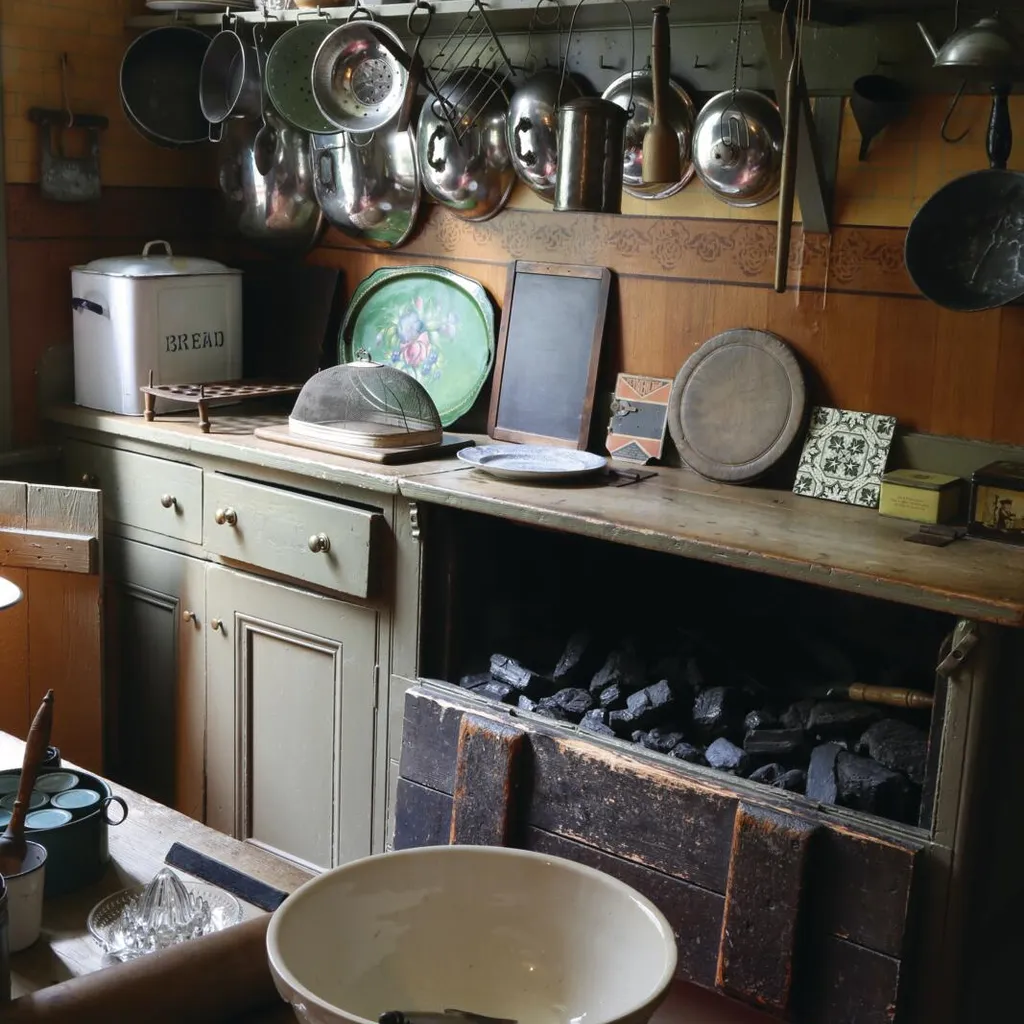
Owned by one Agnes Toward between 1911 and 1965, Glasgow’s Tenement House was acquired, with its contents, by the National Trust for Scotland after Agnes’s death. The flat is more than just a window into Toward’s life, however. For the people living in one of Glasgow or Edinburgh’s archetypal late 19th-century flats (this one dates from 1892), it’s a chance to picture their own home as it might have been lived in during the early 20th century, complete with box beds. Agnes worked as atypist for a local shipping firm and kept a shipshape house, with a rosewood and walnut piano, 18th-century grandfather clock and range cooker.
Back To Backs
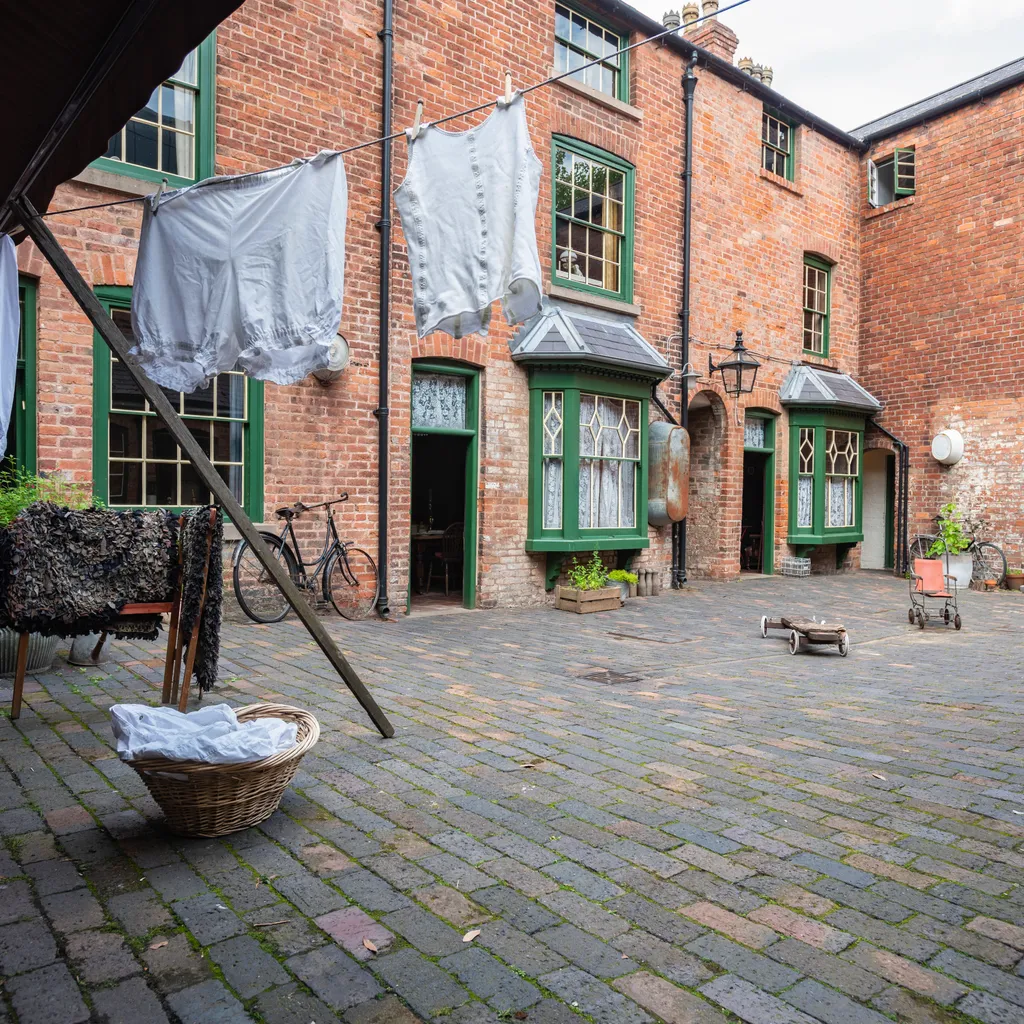
Birmingham’s Back to Backs are a well-preserved example of 19th-century working-class houses built around shared courtyards, with outside privies and wash houses. Once commonplace in Britain’s industrial cities, the cramped quarters and poor sanitation made disease rife, and many were later demolished. These examples were lived in by button-makers, tailors, watch-makers and others running small cottage industries. Scrubbed up for visitors, they look cosy and practical, but the multicultural stories of their inhabitants – told evocatively via four time periods between 1840 and 1977 – speak of a grittier reality.
Visit Birmingham's Back to Backs
Fisherman’s Cottage
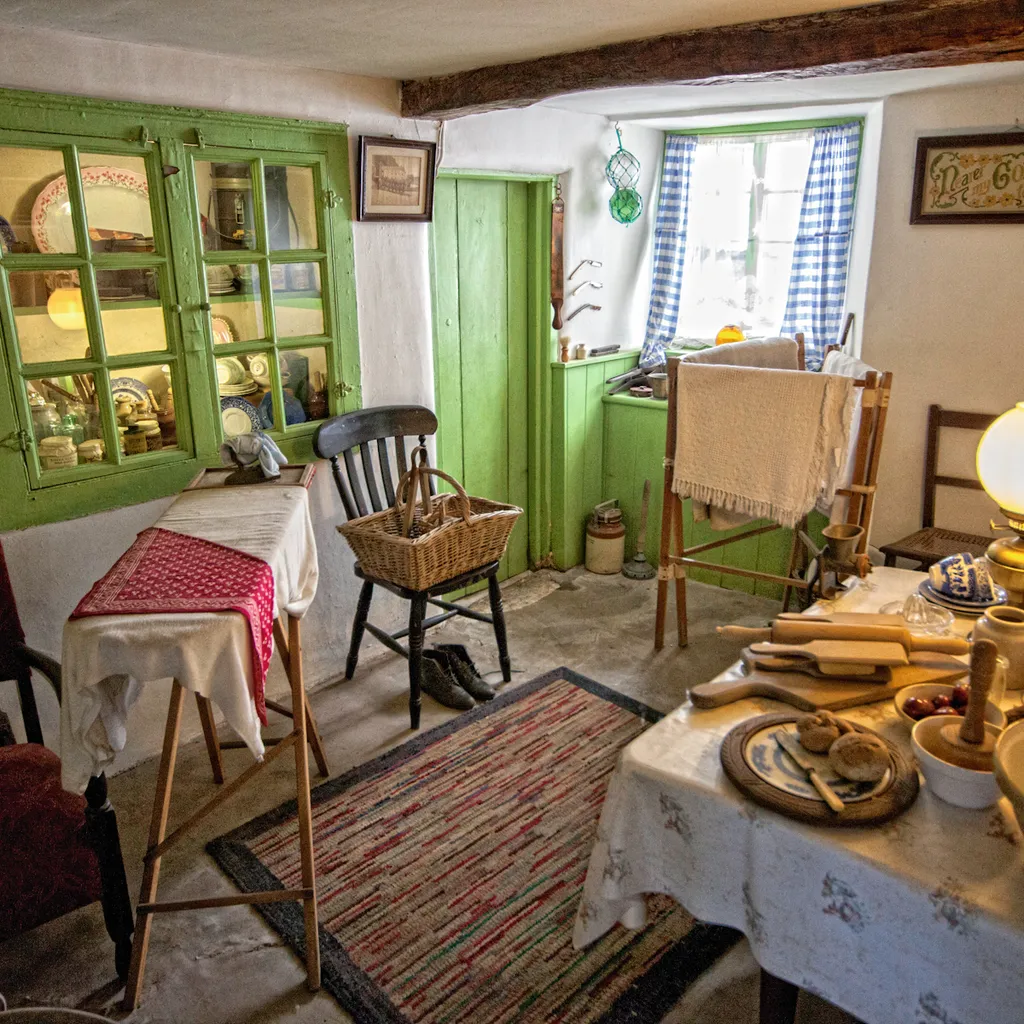
There are many reasons to visit pretty Clovelly in North Devon. The privately owned village was once home to a herring industry so large that, in 1840, up to 70 boats worked from its harbour. Now, tourists are its biggest catch; Clovelly has become an Insta-hit with its steep cobbled lanes, listed buildings, donkeys and wooden sledges (used to cart goods up and down the traffic-free main street). Behind the picturesque façade there’s historic context too, however, notably at Fisherman’s Cottage, a small museum showing how local fishermen and their families lived in the 1930s, with tin tubs, rag rugs and water pumped from a well.
Beamish Museum
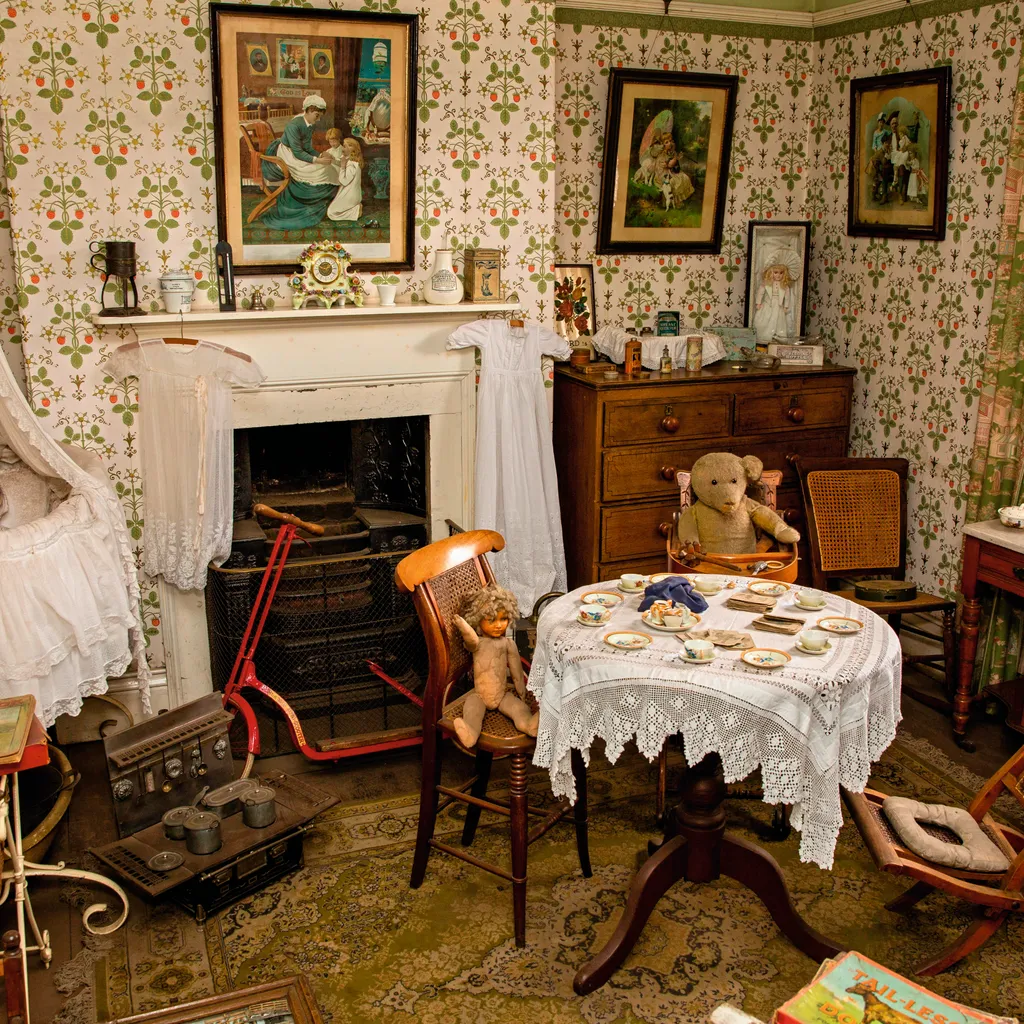
There are many windows into past lives to be peered through at County Durham’s 350-acre living museum. An 1820s heather-thatched quilter’s cottage has a wattle-and-daub partition to keep chickens safely corralled at one end, while the terraced house of an Edwardian dentist has a toy-filled nursery and a bathroom rich with hand-painted sanitaryware. Elsewhere there’s a 1940s farmhouse with a brace of rabbits in the pantry, and a row of six miners’ cottages dating from the 1860s with a communal bread oven and chalkboard slates on their back walls to tell the mine’s ‘knocker up’ when to wake each occupant for a shift.
Fron Haul

Part of Wales’s National Slate Museum in Llanberis, the four quarrymen’s houses of Fron Haul (‘Sun Hill’) were moved there, stone by stone, from Tanygrisiau in 1999 and give a glimpse of domestic life through four different periods of mining history, and four different quarrying areas. Displays run from the ‘golden age’ of slate mining in 1861 (when seven people were recorded as living in one of the tiny one-bedroom houses) to its dying days in the late 1960s, via the bitter Penrhyn Lockout of 1900–1903 when striking miners would hang up signs proclaiming ‘Nid oes Bradwr yn y tŷ hwn’ (‘there is no traitor in this house’).
